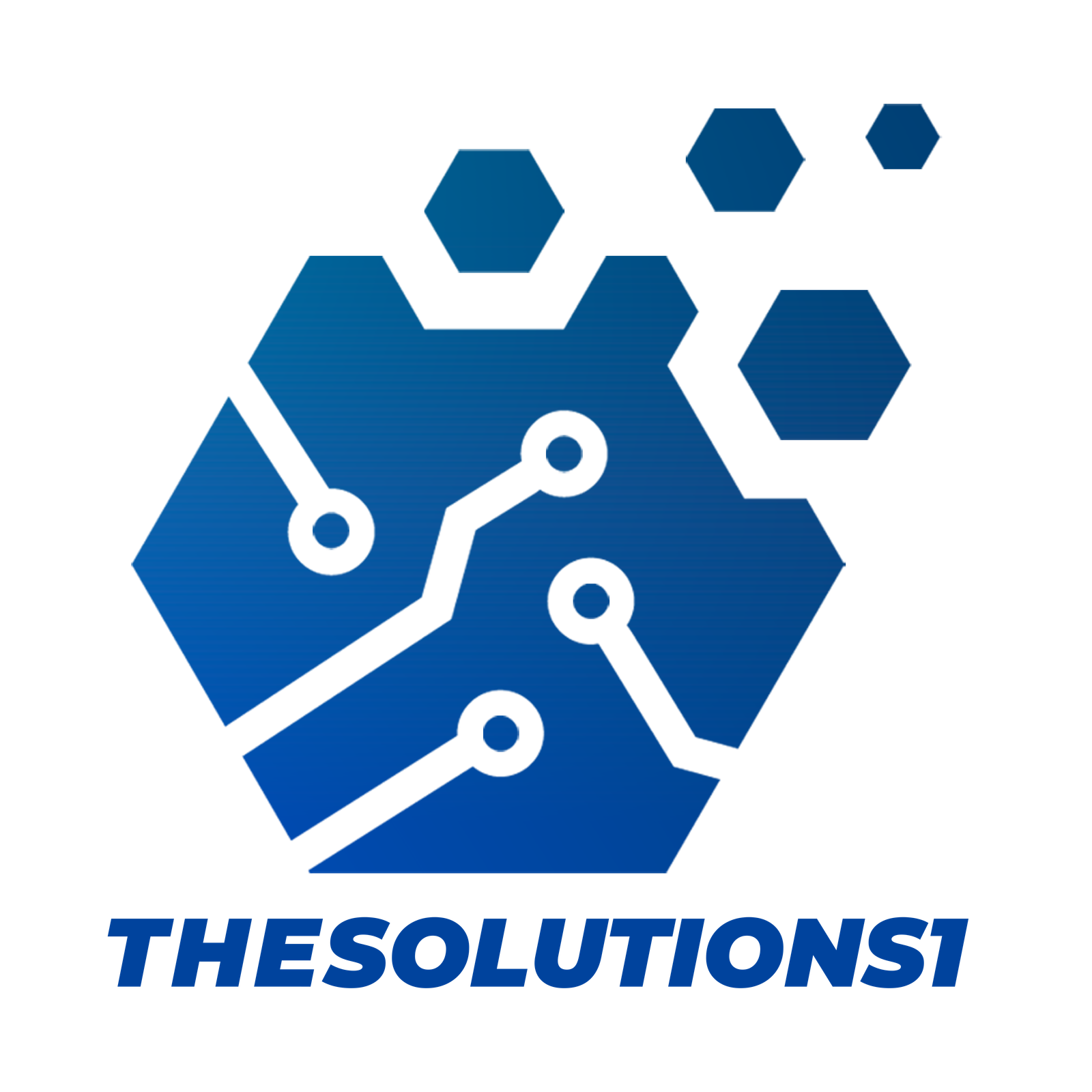Motivation and relational DBMS overview
- Motivation: the importance of data, data management, and data management systems.
- Overview: different types of data, data models, and data management systems (relational, XML, text, small/large), etc.
- Relational DBMSs overview: the lifetime of a query, DBMS architecture overview

